info@chinaadventure.org
86-18008011324
Search
Barkhor Street is one of the most famous and the oldest of all places to go shopping in Lhasa. This circuitous street, that encompasses the world famous Jokhang Temple, is the best place to go to get authentic, local-made souvenirs from Tibet.
Saffron
Saffron is one of the most expensive of all the herbs and spices, and has been a major part of Tibetan culture and Tibetan medicine for over a thousand years. Not only was it one of the main food spices that were transported along the old Spice Routes, it has many medicinal properties. Known in Tibet as gur-gum, it is used in incenses to aid breathing, in tea to stimulate the digestive system and reduce the pain from colic and other stomach disorders, and is being researched for its use in treating cancer. Harvested from the stigma of the Crocus Sativus flower, it takes around 8,000 flowers to produce just 100 grams of the spice.
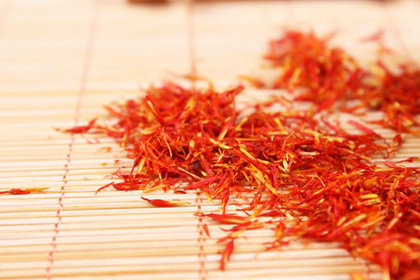
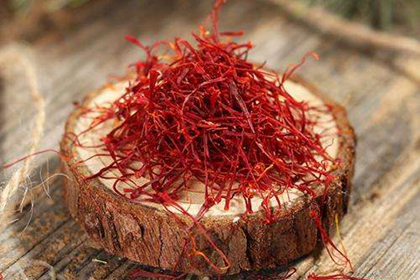
Delicate Tibetan Jewelry Box
Tibetan jewelry boxes are normally made of brass or silver, and often have handcrafted yak bone inlay or jade or precious gems set into the lids. They are ornately crafted with delicate, often religious designs, and come in a huge variety of shapes and sizes. While most that are sold in the bazaars are replicas, or made of tin and brass, with plastic instead of bone, there are some places in Barkhor Street where you can still buy authentic Tibetan jewelry boxes, although they are expensive.
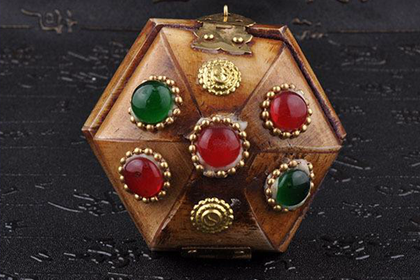

Tibetan Wooden Bowl
In Tibet, wooden bowls play an important part in the culture as well as people’s everyday lives. Every family in Tibet has wooden bowls, and in each family, there are traditionally two sizes of bowls. The larger bowl would be for the father, the head of the house, while the smaller bowl is for the mother. Even pilgrims traveling to holy sites will always carry a wooden bowl with them. They are used for drinking tea and eating Tsampa and other foods.
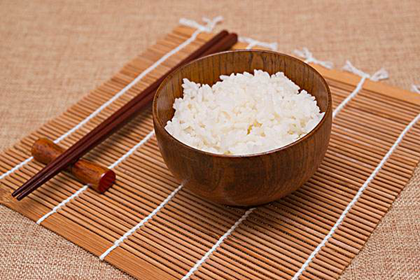
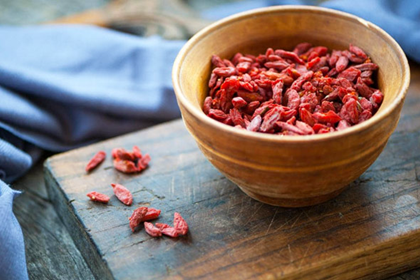
Snuff Bottle
Snuff bottles have been used throughout Asia for around 400 years, especially in China, Tibet, Mongolia, and Bhutan. Snuff, a form of finely powdered tobacco, was considered to be a remedy for common illnesses such as colds and stomach disorders, and was introduced into Asian cultures during the Qing Dynasty in the mid-16th century.
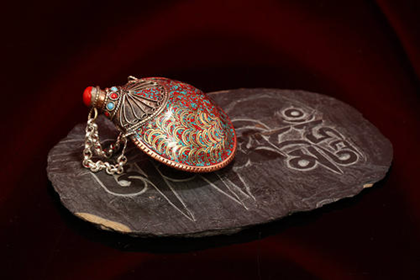
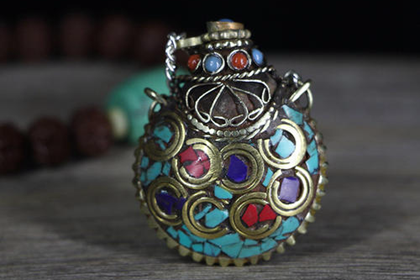
Prayer Wheel
Tibetan prayer wheels, known as “Mani”, are cylindrical devices on a central spindle that are used for spreading spiritual blessings and well-being in Tibetan Buddhism. Thin rolls of paper or papyrus are written with ancient Buddhist scriptures and prayers and are wound into the cylindrical drum that acts as a protective container for the prayers. This drum sits on a spindle axis and can be spun by hand repeatedly. Normally, larger, decorative scripts are also carved into the outside of the drum.
Tibetan Buddhists believe that spinning the prayer wheel has the same effect as orally reciting the prayers or mantras, and many Tibetans have their own prayer wheels for when they walk around a holy kora. And just like the kora, the prayer wheels must be spun in a clockwise direction.
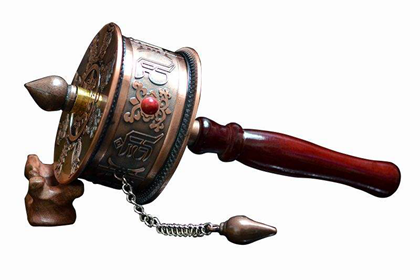
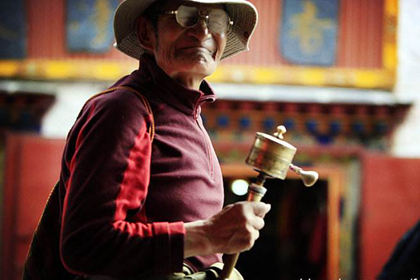
Buddhist Prayer Beads
Buddhist prayer beads, or males, are normally used to count the number of mantras that have been recited, the number of breaths while meditating, counting the number of prostrations, or how many repetitions of a Buddha&rsquo's name. Traditionally, Buddhist prayer beads have 108 beads on the string, which signifies the number of mortal desires of humankind. A decorative tassel or an auspicious Eternal Knot is attached to the beads, and some will have talismans or amulets added, depending on the local traditions.
Check the special handicrafts and ornaments in Tibet.
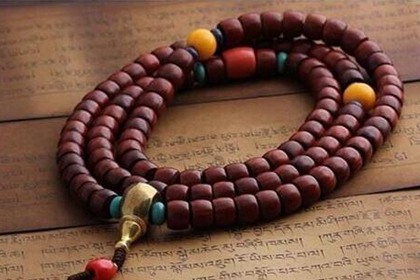

we’ll reply you in 24 hours!
Copyright © 2012-2024 All Rights Reserved to chinaadventure.org